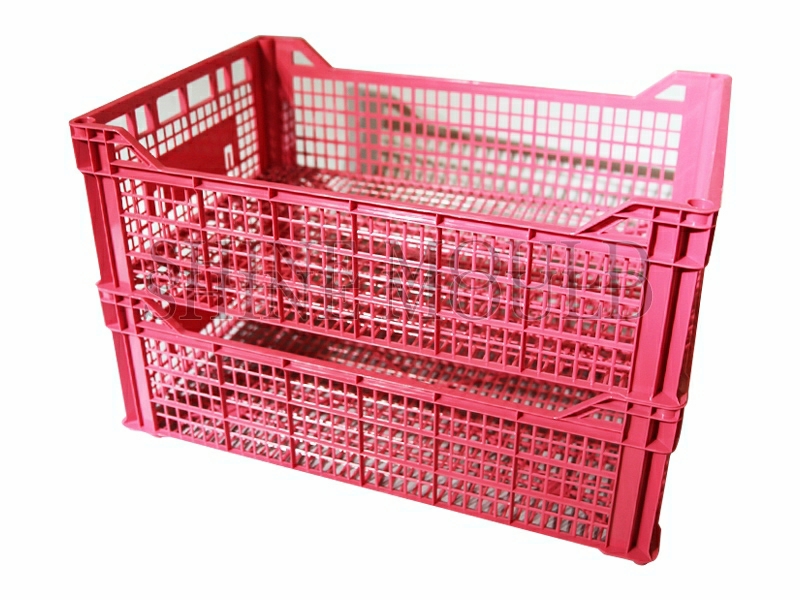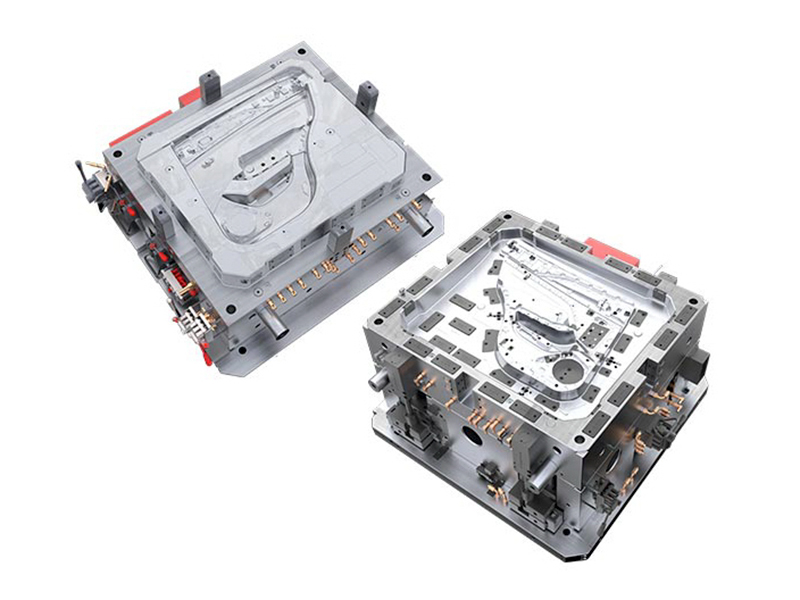The Evolution of Stationery Moulds
Stationery Moulds a special place as an essential tools that facilitate learning, creativity, and organization. The unassuming stationary mould has undergone a remarkable evolution, shaping the way we produce and use these fundamental tools.
The journey of stationery moulds dates back centuries, paralleling the evolution of writing and drawing instruments. Initially, moulds were simple and focused on mass-producing basic tools like quills and inkwells. However, as the demand for diverse and specialized stationery increased, mould technology evolved to meet these changing needs.
One of the lots of significant advancements in stationery moulds lies in the materials used for crafting these tools. Traditional materials like wood and metal have been complemented and in some cases replaced, by modern, durable, and sustainable materials. The integration of recycled plastics, biodegradable compounds, and other eco-friendly options not only enhances the longevity of stationery products but also aligns with contemporary environmental concerns.
The advent of advanced manufacturing techniques has ushered in an era of precision and customization in stationery moulds. Manufacturers can now create intricate and detailed designs, ensuring that stationery items are not only functional but also aesthetically pleasing. This level of precision allows for the production of specialized tools tailored to specific needs, catering to diverse preferences and user requirements.
Comfort and usability have become focal points in the design of stationery moulds. Ergonomically designed moulds ensure that writing instruments, such as pens and pencils, are comfortable to hold and use for extended periods. This attention to ergonomic details enhances the overall user experience, making stationery tools more accessible and enjoyable for people of all ages.
The evolution of stationery moulds has greatly influenced the design and functionality of writing instruments. Rollerball pens, gel pens, and other advanced writing tools owe their existence to the precision and versatility afforded by modern mould technology. These innovations not only improve the writing experience but also provide users with a wide array of options to suit their writing preferences.
As we move further into the digital age, stationery moulds have seamlessly integrated technology into their designs. Smart pens, styluses, and other digitally enhanced writing tools are now crafted using advanced moulding techniques. This convergence of traditional stationery with cutting-edge technology offers users the benefits of both worlds, combining the tactile feel of writing on paper with the convenience of digital connectivity.
With growing awareness of environmental issues, stationery moulds are increasingly geared towards sustainability. Manufacturers are adopting eco-friendly practices, using recyclable materials, and minimizing waste in the production process. This shift towards sustainability aligns with the global push for responsible consumption and production.
The evolution of stationery moulds reflects a commitment to efficiency, sustainability, and user satisfaction. From basic quills to smart pens, these moulds have played a crucial role in shaping the stationery landscape.




 Search...
Search... English
English






.jpg)
